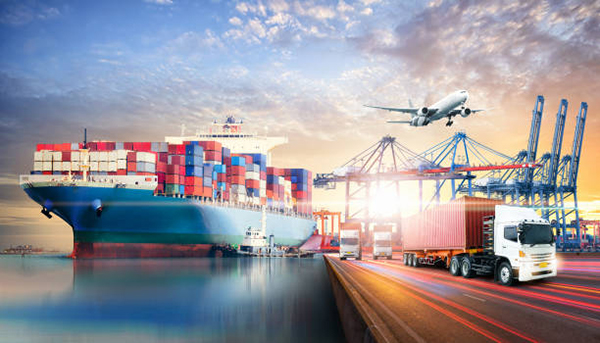Liam Connors, Director, digital logistics, BT
THREE key drivers have converged to create a perfect storm for logistics companies. The first of these is disruptions to the supply chain. Quick delivery times became the norm despite the ongoing driver shortages, strikes, increased difficulties crossing borders and wildly fluctuating exchange rates.
The second is the constant imperative to reduce costs. It is not just driver shortages that tested logistic companies’ business continuity; so too have the soaring fuel shortages, especially since the onset of the war in Ukraine. Furthermore, along with inflation, shipping and freight costs have also risen.
The third key factor is that of the growing power of big data itself.
By 2025, the creation of data globally is projected to grow to more than 180 zettabytes.
While each of these key points can be addressed with analytics capabilities, there are also five critical roadblocks to digital transformation in logistics that need to be addressed as part of realising logistics 4.0. These include:
#1 The need for connectivity in every location
#2 Managing data protection
#3 IoT and supply chain security concerns
#4 Disruption and cost of upgrading legacy systems
#5 Support for progressing beyond the pilot stage
Future-focused solutions
There are new solutions and maturing technologies that enable innovation. 5G, for example, offers a leap forward in bandwidth and reliability that enables the use of large volumes of data, coming from IoT.
Enabling digital transformation and making logistics 4.0 a reality and benefitting from all it has to offer is well within reach, but it is not a simple endeavour.
